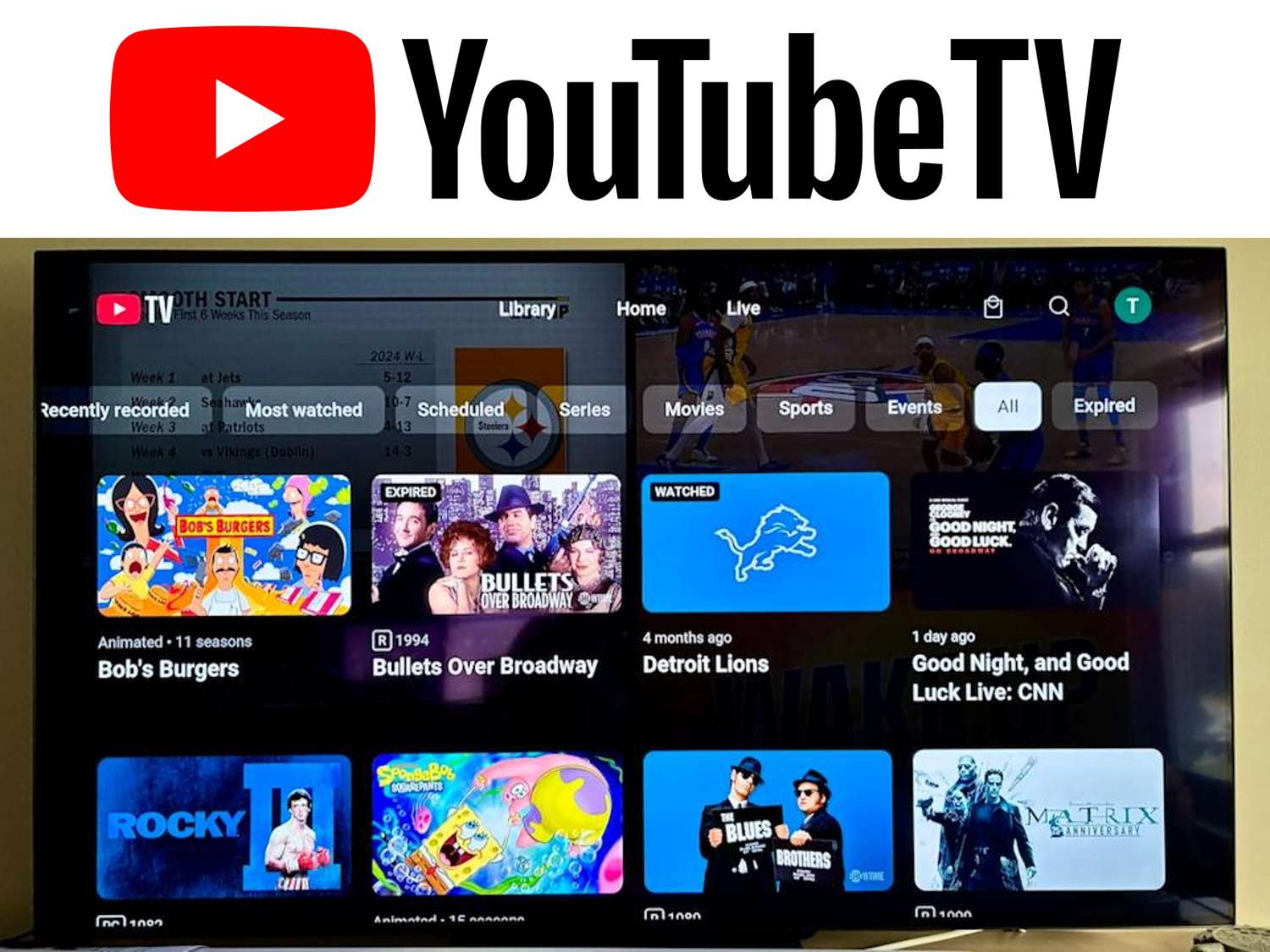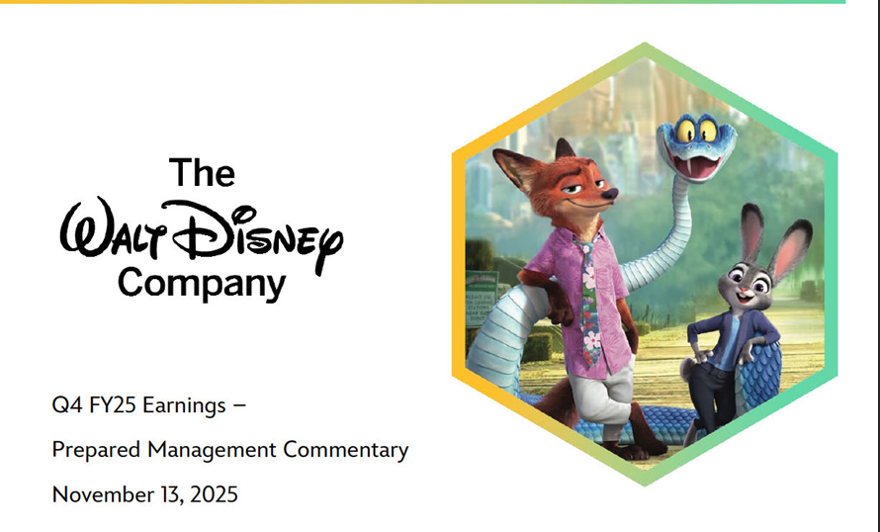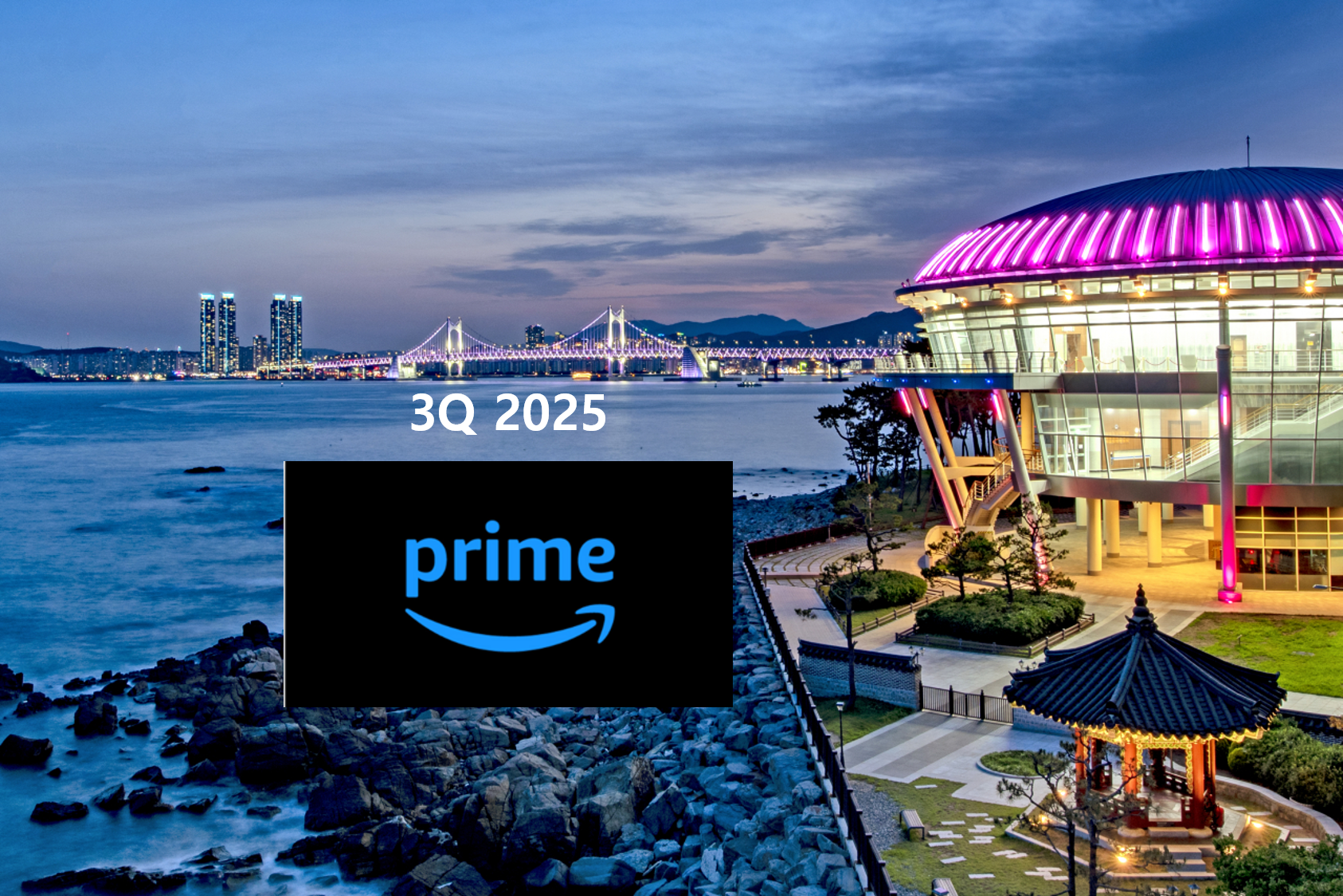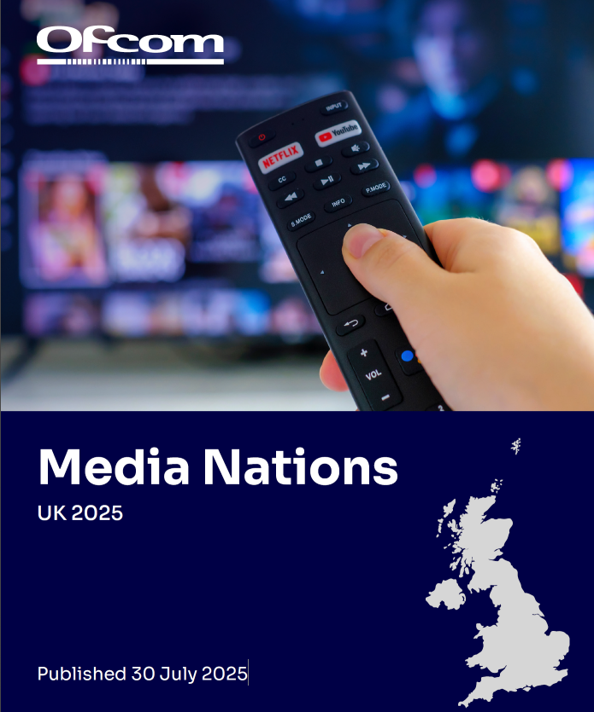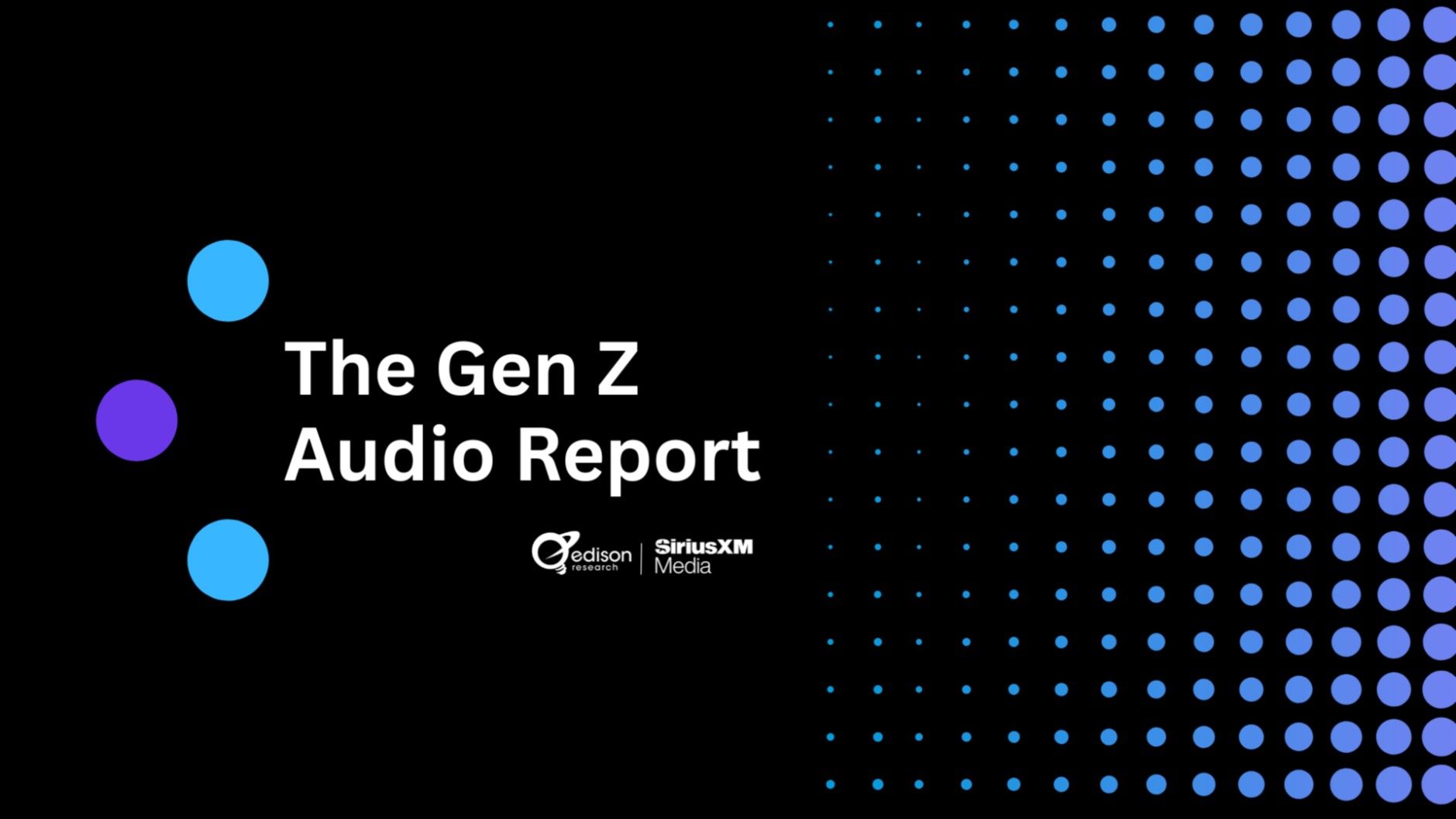The Media and Content Industry Convergence Development Committee held a plenary meeting chaired by Prime Minister Han Duk-soo at the Seoul Government Complex at 3 p.m. on Wednesday, March 13, and finalized and announced the "Media and Content Industry Convergence Development Plan."
The media and content industry is undergoing a rapid paradigm shift centered on giant global companies. The competitiveness of our contents such as ‘Squid Game’ and ‘The Glory’ is world-class, but the media industry, including TV and Streaming, is experiencing stagnant growth or losses due to intensified competition.
In response, the committee has developed a development plan to create a virtuous cycle ecosystem where media and content grow together so that the media and content industry, which is the source of the Korean Wave and a high-value-added industry, can become a new growth engine for the Korean economy.
Since its inauguration in April last year, the committee has been reviewing suggestions from various sectors gathered through industry opinions and public forums, and seeking policy measures through consultations with relevant ministries.
<Overview of the Media and Contents Industry Convergence Development Committee>
(Government members) Prime Minister (Chairperson), Ministers of Science, ICT, and MOLIT, Chairperson of the Korea Communications Commission, and Minister of National Treasury
(Civilian members) Professor Emeritus Sung Nak-in of Seoul National University (Civilian Chairperson),
Professor Moon Jae-wan of Hankuk University of Foreign Studies (Chair of the Legal System Subcommittee)
Professor Sung Dong-kyu of Chung-Ang University (Chair of the Industry Subcommittee), and 14 others
Activities: 11 plenary sessions, 19 legal and industry subcommittees, 5 industry opinion hearings, 2 open forums, etc.
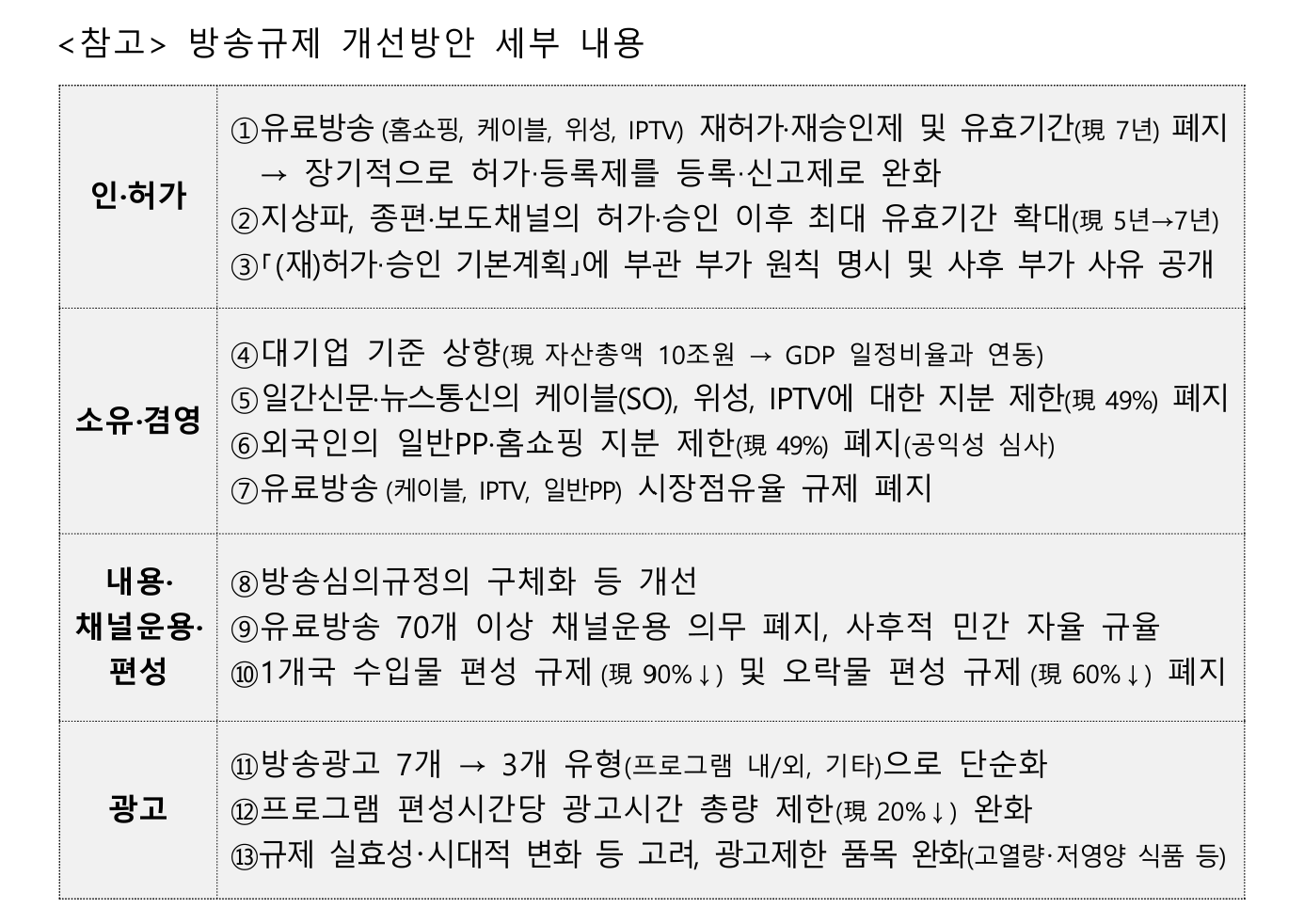
Policy Measures
First of all, the committee suggested that the government should expand incentives to promote private investment in the media and content industry to bolster its financial foundation.
In response, the government has expanded the tax deduction rate for video content production expenses up to 30%, and established a tax benefit (3%) for the amount invested by small and medium-sized enterprises in video content cultural industry companies**.
* (Basic deduction rate) Increased from 3 to 5% for large companies, 7 to 10% for medium-sized companies, and 10 to 15% for small and medium-sized companies
(Additional deduction rate) Additional deduction of 10% for large and medium-sized companies / 15% for small and medium-sized companies when the proportion of domestic expenditures is high
→ Basic deduction and additional deduction combined, 3→15% for large companies, 7→20% for medium-sized companies, 10→30% for small and medium-sized companies
** A company that manages assets for specific businesses in the cultural industry and distributes profits to investors (Cultural Industry Act)
In addition, to support the production of large-scale competitive content and help domestic production companies retain and utilize content IP, a new KRW 1 trillion'K-Content and Media Strategy Fund' will be created* by the public-private partnership.
* A total of KRW 600 billion in '24 (including KRW 200 billion in parent fund), and a total of KRW 1.2 trillion over the next five years ('24-'28)
Next, the committee comprehensively reviewed outdated broadcasting regulations that hinder innovation and prepared a total of 13 regulatory improvement plans.
In particular, the relicensing and re-authorization system for Pay TV (Home shopping, cable, satellite, IPTV) will be abolished, and the maximum validity period for TV Station and General genre TV Channels(with news), News channels will be extended (currently 5 years → 7 years). A general genre TV channel(종합편성채널) is a channel that broadcasts all genres, including news, drama, and entertainment, and in Korea, it requires a government license to broadcast news on TV or Pay TV
Also, abolish market share regulations that hinder the free market of cable and, IPTV
In order to improve the autonomy and vitality of the TV advertising market, the current seven complex types of broadcast advertisements will be simplified to three (in-program, out-of-program, and other advertisements).
Meanwhile, the committee decided that the key to overcoming the crisis in the media and content industry and strengthening the industry lies in the global market, and decided to provide full support for global expansion and preemption of new markets.
To increase the global recognition of domestic OTT, the committee plans to expand the 'K-media and content dedicated channel' for smart TVs and support the joint entry of OTT companies, production companies, leading companies and startups, and content companies, manufacturing and service industries to spread the Korean Wave.
In addition, we will apply AI to all stages of media and content planning, production, and distribution, and advance advanced technology by building virtual studios (Daejeon, Mungyeong).
Considering that creative and convergent professionals are needed to lead innovation, the government plans to foster 10,000 professionals in the media and content fields ('24~'26).
Finally, measures to create a sustainable industrial ecosystem were also presented.
Regulate unfair practices against outsourced production companies, ease regulations on local broadcasting, and allow cable local channels to broadcast commerce at all times.
A comprehensive response system will be established to eradicate illegal distribution of content, and international cooperation will be strengthened.
Prime Minister Han Duk-soo evaluated, "This policy plan is a comprehensive strategy created by private experts such as the media and content industry and academia and related ministries, and is meaningful in that it contains core policy measures that are difficult for individual ministries to promote alone, despite long-standing demands from the field." He asked the relevant ministries to "do their best to follow up."
Details of the Broadcasting Regulation Improvement Plan
<Authorization>
①Abolish the relicensing and re-authorization system for paid broadcasting (home shopping, cable, satellite, IPTV) and its validity period (currently 7 years)
→ Relax the license and registration system to a registration and notification system in the long term
②Expanding the maximum period of validity after licensing and approval for terrestrial broadcasters, religious and news channels (from 5 to 7 years)
③ Clarification of the principle of attachment in the "Basic Plan for (Re)Authorization and Approval" and disclosure of reasons for attachment after the fact
<Owned and operated>
④Raising the threshold for conglomerates (currently 10 trillion won in total assets → linked to a certain percentage of GDP)
⑤Removing the shareholding limit (currently 49%) for daily newspapers and news organizations in cable (SO), satellite, and IPTV
⑥Abolition of foreigners' shareholding limit (currently 49%) in general PP and home shopping (public interest review)
⑦ Abolition of market share regulation for paid broadcasting (cable, IPTV, general PP)
<Content, channel operation, organization>
⑧Improvement of broadcasting review regulations, etc.
⑨ Abolish the obligation to operate more than 70 channels of paid broadcasting, and allow private self-regulation after the fact
⑩Regulation of imported programming from 1 country (currently 90%↓) and entertainment programming (currently 60%↓) abolished
<Advertising>
⑪Simplified broadcast ads from 7 types to 3 types (in-program, out-of-program, other)
⑫Reduced the total amount of advertising time per program hour (currently 20%↓)
⑬Eliminate restricted items for advertising (high-calorie and low-nutrition foods, etc.), taking into account regulatory effectiveness and changing times
미디어·콘텐츠산업융합발전위원회는 3월 13일(수) 오후 3시, 정부 서울청사에서 한덕수 국무총리 주재로 전체회의를 개최하고,「미디어·콘텐츠 산업융합 발전방안」을 확정, 발표했다.
미디어·콘텐츠 산업은 거대 글로벌 기업 중심으로 급격한 패러다임의 전환기를 맞고 있다. 오징어 게임, 더 글로리 등 우리 콘텐츠의 경쟁력은 세계적 수준이나 방송, OTT 등 미디어 산업은 치열해진 경쟁으로 성장이 정체되거나 적자를 기록하고 있다.
이에 위원회는 한류의 원천이자 고부가가치 산업인 미디어·콘텐츠 산업이 우리 경제의 새로운 성장엔진이 될 수 있도록, 미디어와 콘텐츠가 함께 성장하는 선순환 생태계를 조성하고자 발전방안을 마련했다. 위원회는 작년 4월 출범한 이후 업계 의견청취 및 공개토론회 등을 통해 수렴된 각계의 제언을 검토하고, 관계부처 협의를 통해 정책방안을 모색해왔다.
< 참고 : 미디어‧콘텐츠산업융합발전위원회 개요 >
▪ 구성 : (정부위원) 국무총리(위원장), 과기정통부·문체부 장관, 방통위원장, 국조실장(민간위원) 성낙인 서울대 명예교수(민간위원장),
문재완 한국외대 교수(법제분과위원장), 성동규 중앙대 교수(산업분과위원장) 등 14인
▪ 활동 : 전체회의 11회, 법제·산업 분과위 19회, 업계 의견청취 5회, 공개토론회 2회 등
【정책 방안】
위원회는 미디어·콘텐츠 산업의 재정 기반을 든든히 하기 위해 민간 투자를 촉진하는 마중물 지원을 확대해야 한다고 제시하였다.
이에, 정부는 영상 콘텐츠 제작비에 대한 세액 공제율을 최대 30%까지 확대하고, 중소‧중견기업이 영상콘텐츠 문화산업전문회사**에 투자한 금액에 대한 세제 혜택(3%)을 신설하였다.
* (기본공제율) 대기업 3→5%, 중견기업 7→10%, 중소기업 10→15%로 상향
(추가공제율) 국내에서 지출된 비중이 높을 경우, 대·중견 10% / 중소 15% 추가공제 신설
→ 기본공제와 추가공제를 합해, 대기업 3→15%, 중견기업 7→20%, 중소기업 10→30% 상향
** 자산을 문화산업의 특정 사업에 운용, 그 수익을 투자자 등에게 배분하는 회사(문화산업법)
ㅇ 또한, 경쟁력 있는 대형 콘텐츠 제작을 지원하고, 국내 제작사의 콘텐츠 IP 보유‧활용을 돕기 위해 민관 합동으로 1조원대 ‘K-콘텐츠·미디어 전략펀드’를 신규 조성*한다.
* ‘24년 총 6천억원(모펀드 2천억원 포함), 향후 5년간(’24~‘28) 총 1조2백억원 조성 목표
위원회는 혁신을 저해하는 낡은 방송규제를 전면적으로 검토하여 총 13개의 규제개선방안을 마련하였다.
대표적으로 유료방송(홈쇼핑, 케이블, 위성, IPTV)의 재허가·재승인제를 폐지하고, 지상파방송 및 종편·보도 채널의 최대 유효기간을 확대(現 5년 → 7년)한다.
또한, 케이블 방송, IPTV, 일반 PP의 자유로운 시장 재편을 저해하는 시장 점유율 규제를 폐지한다.
방송광고 시장의 자율성과 활력 제고를 위해서는 현행 7개의 복잡한 방송광고 유형을 3개(프로그램 내/외/기타광고)로 단순화하기로 하였다.
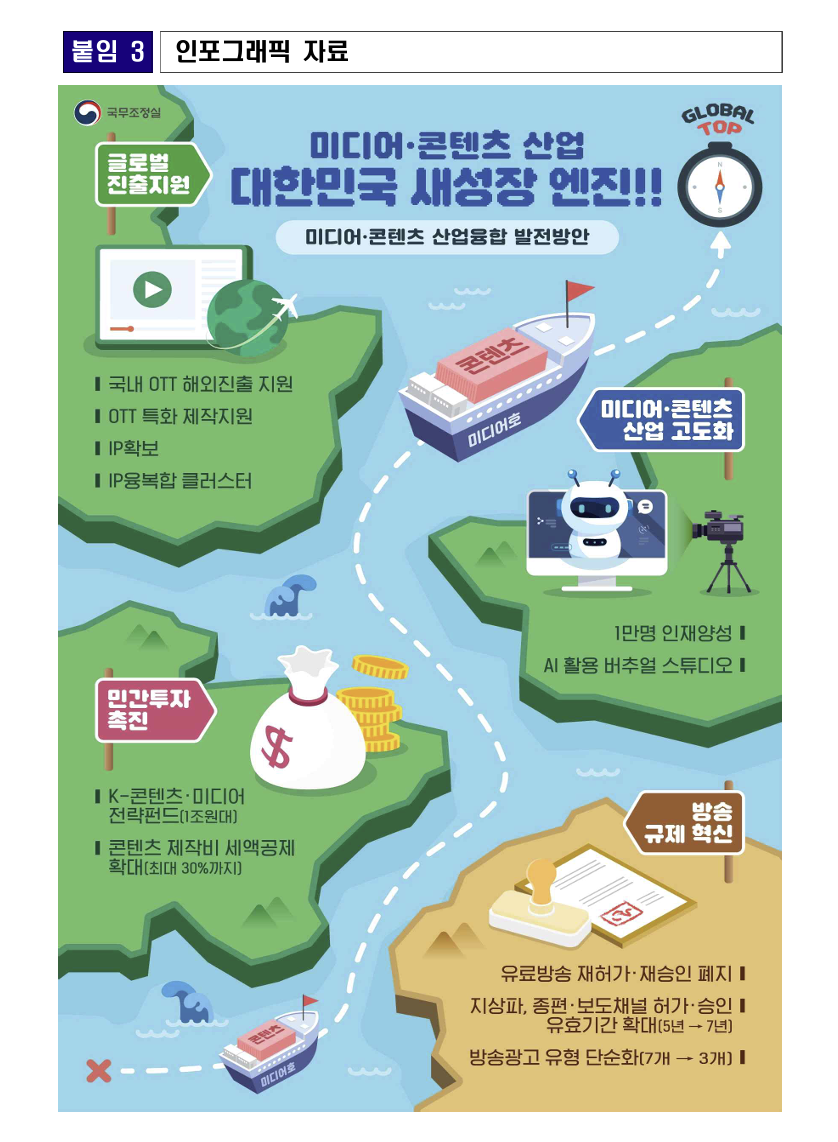
<참고> 방송규제 개선방안 세부 내용
인·허가
①유료방송(홈쇼핑, 케이블, 위성, IPTV) 재허가·재승인제 및 유효기간(現 7년) 폐지
→ 장기적으로 허가‧등록제를 등록‧신고제로 완화
②지상파, 종편·보도채널의 허가·승인 이후 최대 유효기간 확대(現 5년→7년)
③「(재)허가‧승인 기본계획」에 부관 부가 원칙 명시 및 사후 부가 사유 공개
소유·겸영
④대기업 기준 상향(現 자산총액 10조원 → GDP 일정비율과 연동)
⑤일간신문·뉴스통신의 케이블(SO), 위성, IPTV에 대한 지분 제한(現 49%) 폐지
⑥외국인의 일반PP·홈쇼핑 지분 제한(現 49%) 폐지(공익성 심사)
⑦유료방송(케이블, IPTV, 일반PP) 시장점유율 규제 폐지
내용·채널운용·편성
⑧방송심의규정의 구체화 등 개선
⑨유료방송 70개 이상 채널운용 의무 폐지, 사후적 민간 자율 규율
⑩1개국 수입물 편성 규제(現 90%↓) 및 오락물 편성 규제(現 60%↓) 폐지
광고
⑪방송광고 7개 → 3개 유형(프로그램 내/외, 기타)으로 단순화
⑫프로그램 편성시간당 광고시간 총량 제한(現 20%↓) 완화
⑬규제 실효성・시대적 변화 등 고려, 광고제한 품목 완화(고열량・저영양 식품 등)
한편, 위원회는 미디어‧콘텐츠산업의 위기 극복과 산업 약진의 열쇠는 세계시장에 있다고 판단하고, 글로벌 진출과 신시장 선점을 위해 총력 지원하기로 하였다. 국내 OTT의 글로벌 인지도를 높일 수 있도록 스마트TV용 ‘K-미디어·콘텐츠 전용채널’을 확대 운영하고, OTT사-제작사, 선도기업-스타트업, 콘텐츠 기업-제조·서비스업의 동반 진출을 지원하여 한류 확산에 힘을 쏟을 예정이다.
또 미디어·콘텐츠 기획부터 제작, 유통 등 전 단계에서 AI를 접목하고, 버추얼 스튜디오(대전, 문경)를 구축하는 등 첨단기술을 고도화하기로 하였다. 아울러, 혁신을 이끌기 위해서는 창의·융합형 전문인력이 필요하다는 점을 감안, 미디어‧콘텐츠 분야 전문인력을 1만명 육성(’24~’26년)할 예정이다.
지속 가능한 산업생태계 조성을 위한 방안도 제시되었다.
ㅇ 외주제작사에 대한 불공정행위 규제, 지역방송 겸영 규제 완화, 케이블 지역 채널의 커머스 방송 상시 허용을 추진한다.
ㅇ 콘텐츠 불법유통을 근절하기 위해 종합대응시스템을 구축하고, 국제 공조도 강화하기로 하였다.
한덕수 국무총리는 “이번 정책안은 미디어·콘텐츠 업계, 학계 등 민간전문가와 관계부처가 함께 만든 종합전략으로, 현장의 오랜 요구에도 불구하고, 개별 부처가 단독 추진하기 힘든 핵심 정책방안을 담아냈다는 점에서 의미가 있다”고 평가하고, 관계부처에 “후속조치에 만전을 다해 줄 것”을 당부했다.

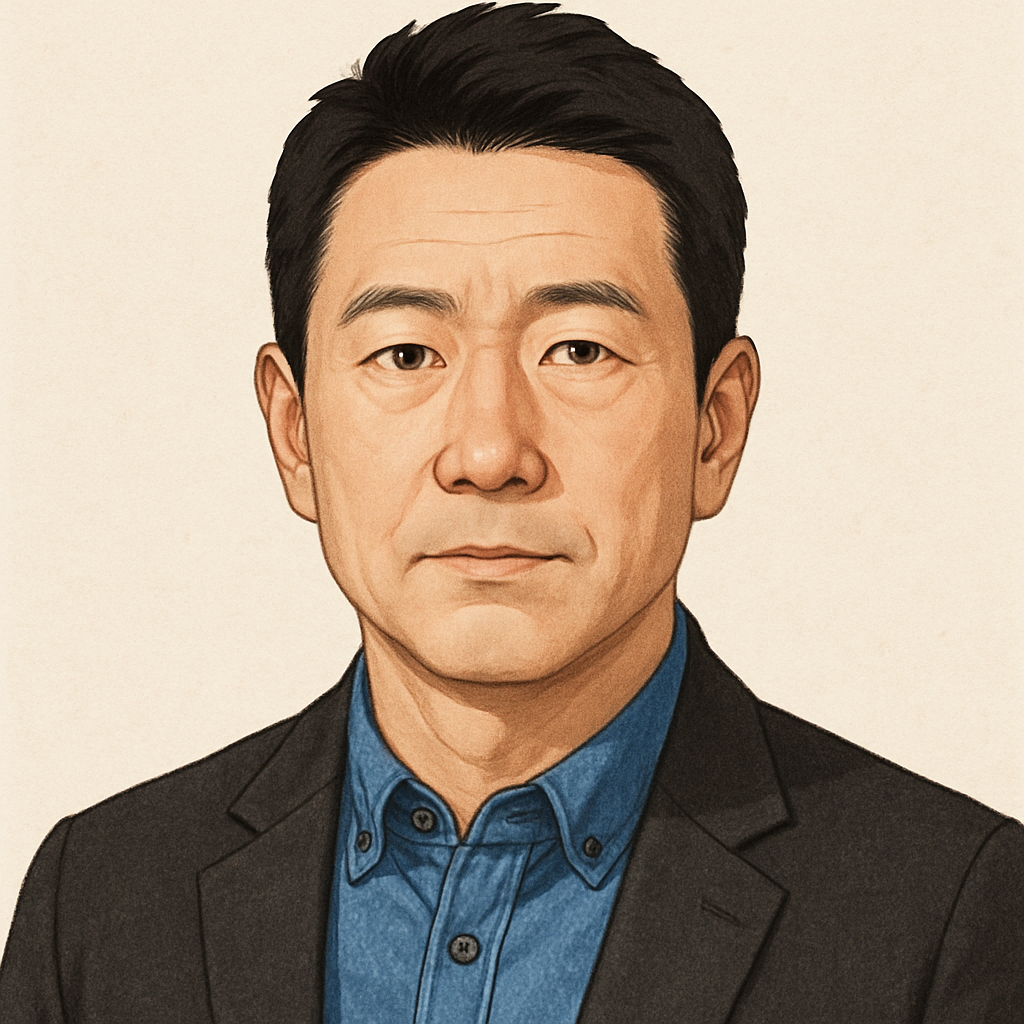
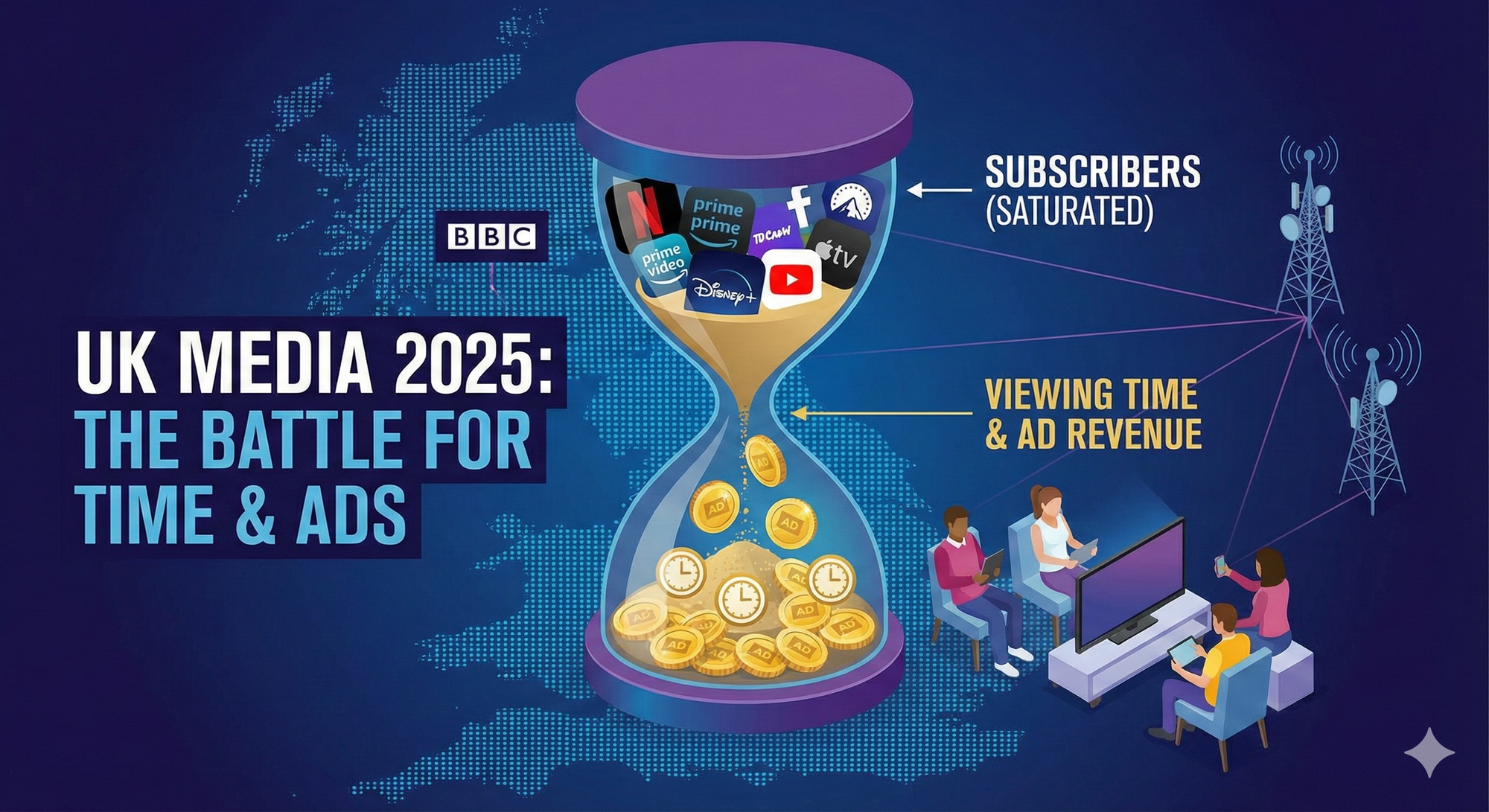




![[프리미엄 리포트] 미국 케이블TV 2025, 변화와 미래 전략](https://cdn.media.bluedot.so/bluedot.directmedialab/2025/05/vj931j_202505270106.png)

